Alice: One thing I’ve been really grateful for during this period is being able to be in contact with friends and family. All of those video chats with Marco Polo, Zoom, Whatsapp, Skype with my Neapolitan friends is keeping me from going crazy during this time.
Fiorella: For Neapolitans, friends are like family. We meet up even for five minutes a day and those exchanges now are almost completely missing from our lives. If we are lucky we will run in to someone while waiting in line to enter the supermarket and we’ll have a chat through masks at a 6 feet distance.
Alice: This has been so hard for a population where human contact and connection is at the core of the culture. I think the rest of the world is in awe of how the Neapolitans are reaching out to each other by playing music, calling out Tombola numbers, checking in with neighbours, waving at friends from the street down below.
Fiorella: We feel very close with our friends, neighbours and family here in Naples but also all over Italy. Our hearts go out to all the people in the North who have been hit so hard with this pandemic. Italy is very united right now by an immense sorrow and sense of powerlessness we all share.
Alice: I miss my Neapolitan family so much and I miss the beautiful streets and museums of Naples.
Fiorella: as a tour guide and art historian, my desperation is double as I cannot work and I cannot be in touch with my other homes: the sites, museums and churches of our bella Napoli.
The Sansevero Chapel is one of my favourite places in Naples. It is a place where I have always loved taking my clients-expecially foreign visitors who in the past were not familiar with this fabulous private museum. When I started my tour activity there was no queue to get in and no crowd inside so we could chat with the lovely custodians and some of the owners of this unique temple. I still consider the Sansevero Chapel home-it has a special place in the heart.
From 1742 onwards, the eclectic Prince of Sansevero, Raimondo di Sangro, had the chapel (known as Pietatella) renovated. It is now a museum which is still owned by the descendants of the aristocratic family. The chapel is a synthesis of Raimondo’s political, philosophical and scientific interests and an expression of his extremely refined artistic taste and enciclopedic knowledge.
Raimondo di Sangro was a scientist, an alchemist, a scholar of occult science, chemistry and of typography. Amongst his titles he was also member of the Crusca (Florentine Literary Academy). He was a leading exponent of the Neapolitan Englightement and the Grand Master of the Neapolitan Masonry.
The Sansevero Chapel is a place of complex iconography as each allegory and principle was concretized by artists who were skilled executants of Raimondo’s ideals. The Prince commissioned the internationally known Antonio Corradini to create his family funeral monuments and the artist was able to give shape to Raimondo’s project.
Everybody comes here to admire the Veiled Christ, which is the astounding work of the Neapolitan Giuseppe Sanmartino and one of the most incredible marble sculptures ever. However, today I want to concentrate on the statues Raimondo di Sangro commissioned for his parents.
In these hard days we are spending wishing we could hug our families and friends. This is dedicated to our beloved mums and dads. Why not to be romantic once in a while?
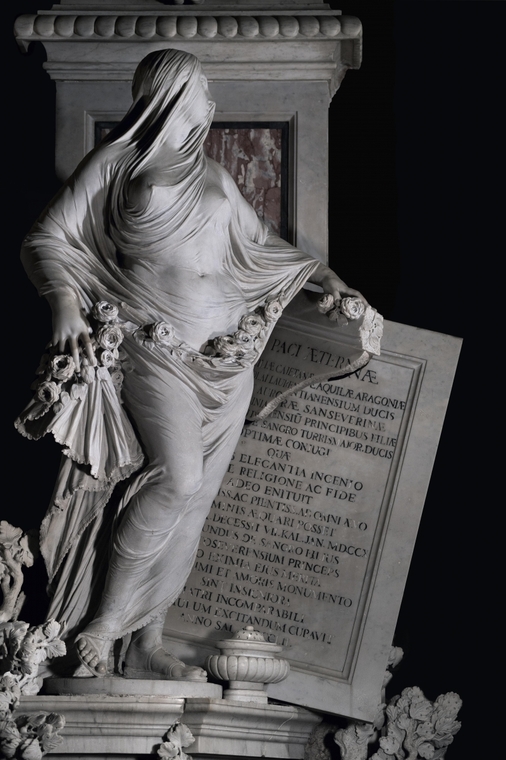
Pudicizia (Modesty) – Cappella Sansevero ph. official website www.museosansevero.it
La Pudicizia (Modesty) was completed by Corradini a year before his death in 1751 and dedicated to the prince’s mother who died in her twenties. The broken tombstone symbolises the life of Cecilia Gaetani which was interrupted so precipitously.
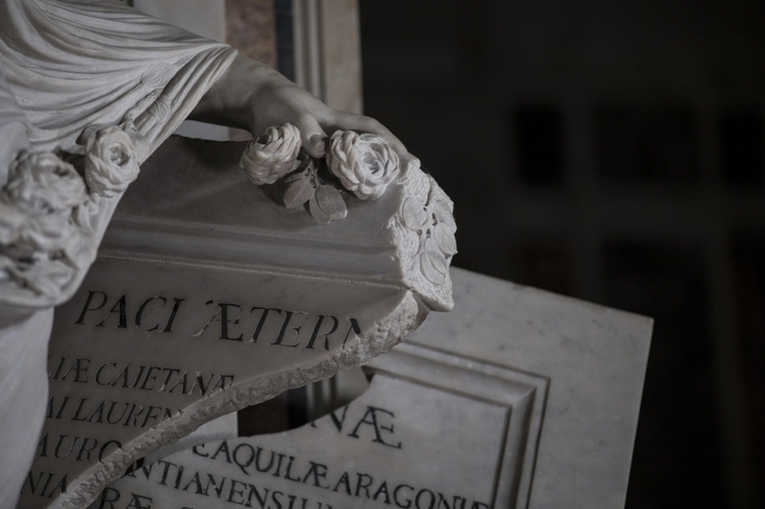
ph. official website www.museosansevero.it
The veil allowing us to see the soft form of the woman holds roses (symbol of purity and beauty but also death) amongst its light folds. The sensuality of the image, in antithesis to the title of the work, expresses the mixture of the sacred and the profane which is typical of the eighteenth century.
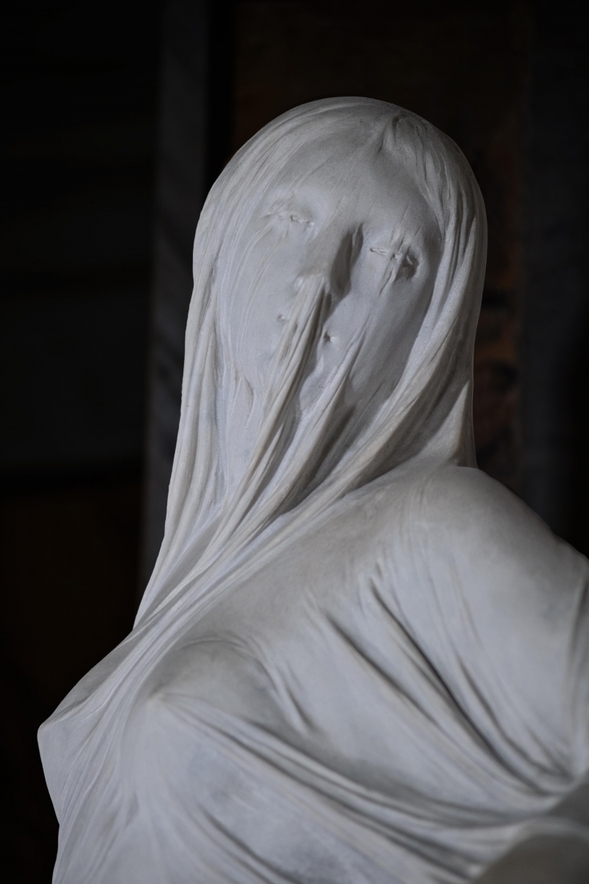
Pudicizia (Modesty) – Cappella Sansevero ph. official website www.museosansevero.it
The veil is a reference to occult knowledge; it conceals but through it is possible to read what is hiding behind it.
The veiled woman is also an allegory of Wisdom, and refers to initiation. In fact, the incense bearer brings to mind the initiation ceremonies of the Freemasons.
The words Noli me tangere (Touch-me-not) on the bas-relief is a reference to secret principles. It speaks to the intangible truths and to the destiny which denied Raimondo any contact with his mother as she died when he was only a few months old.
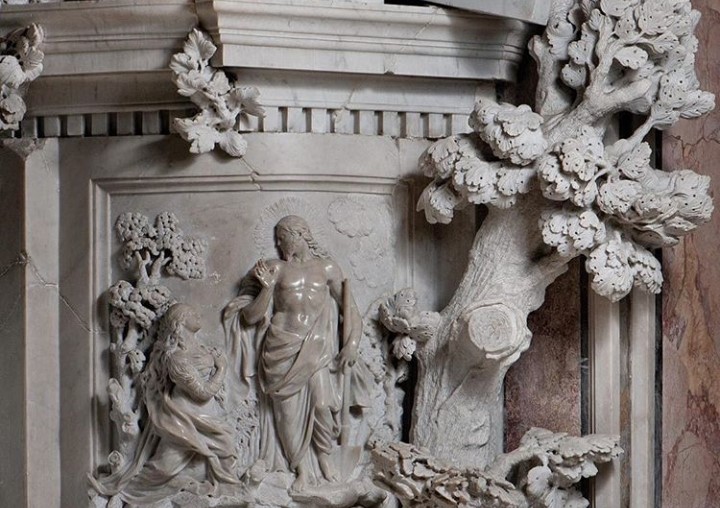
ph. official website www.museosansevero.it
Antonio Corradini had been working in Venice, Austria and Rome and came to Naples where in 1749 he supervised the grandiose project of Raimondo de Sangro with his talent and his understanding of Freemasonry.
He produced other veiled women statues. Amongst the ones that we can still admire are the Veiled Woman or Purity at the Museo del Settecento Veneziano, The Velata (Veiled Woman) or Grief in the Church of San Giacomo in Udine, the Veiled Woman interpreted also as Faith now at the Louvre, the Vestal Virgin Tuccia in the collections of Palazzo Barberini in Rome. In Corradini’s sculptures the veil is always associated with modesty and chastity. Chastity plays a key role in the story of the Vestal Tuccia. Vestals, indeed, were the priestesses who were punished by death if they violate their vow of chastity. Unjustly accused, Tuccia is saved by the intervention of the goddess Vesta.
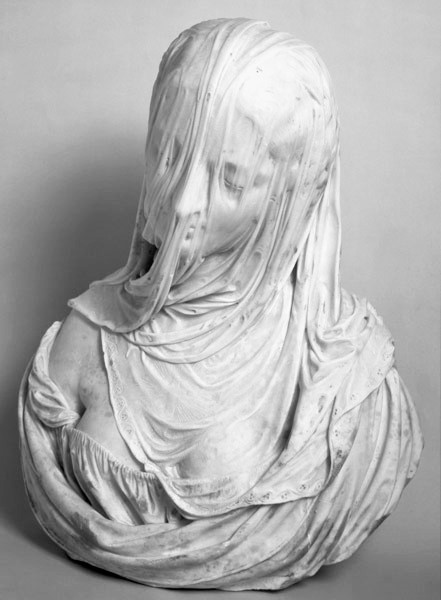
Dama Velata (Veiled Woman) – Museo del Settecento Veneziano – Ca’ Rezzonico
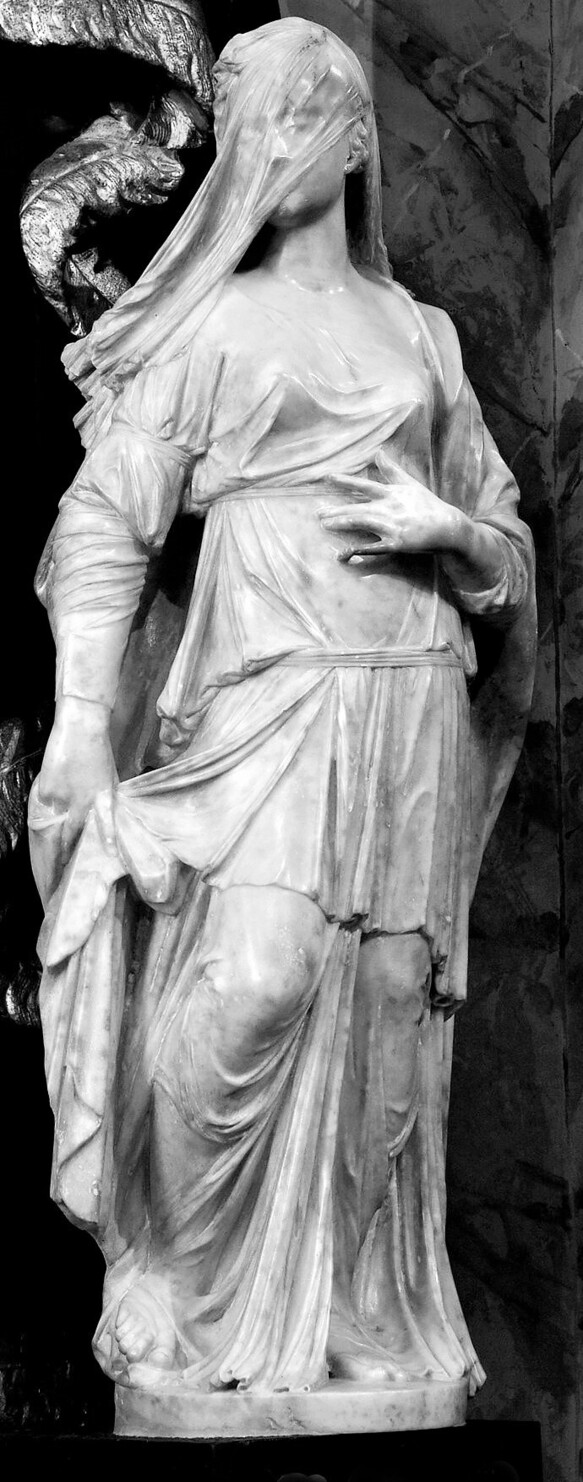
Velata (Veiled Woman) or Grief – Church of San Giacomo in Udine
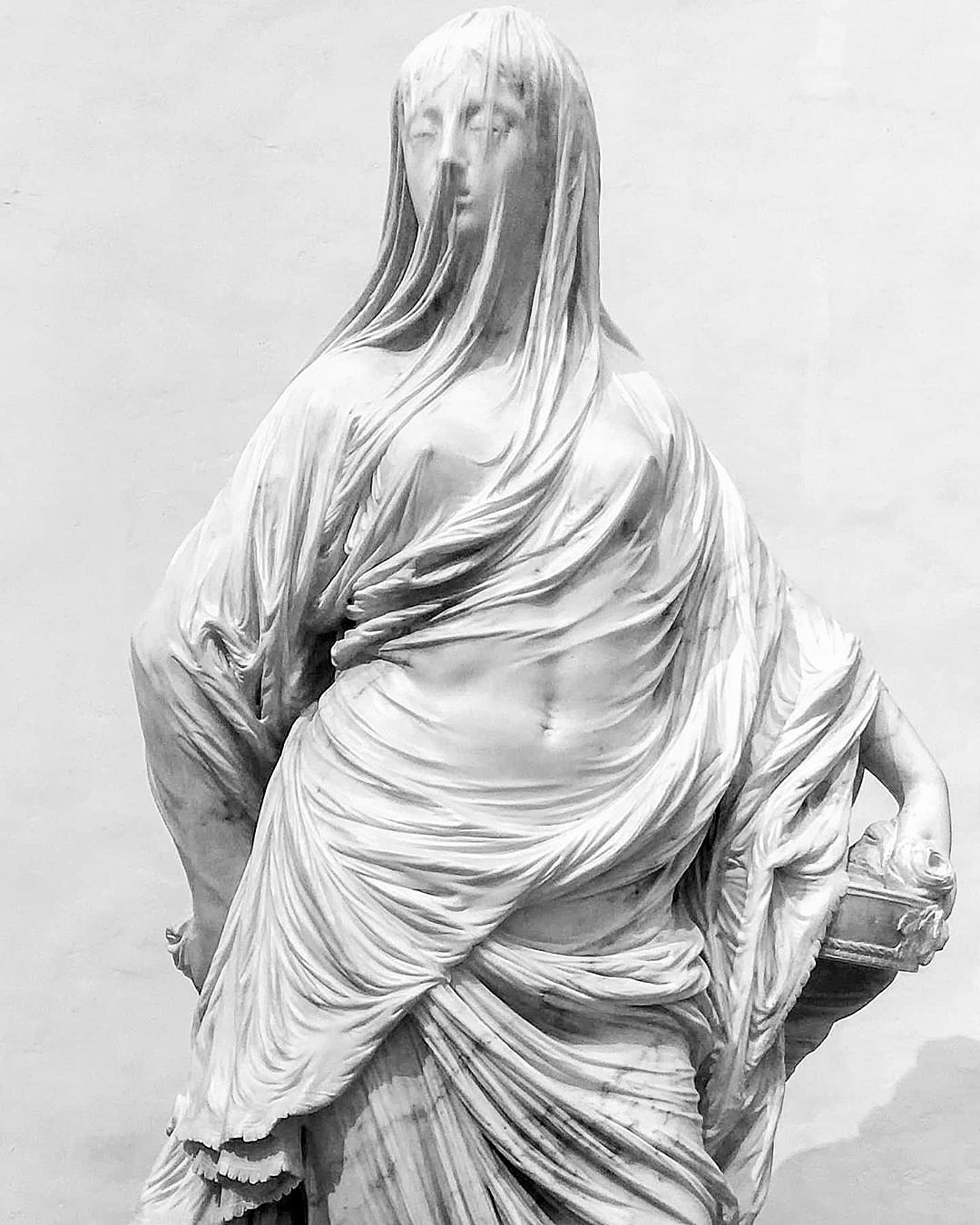
The Vestal Virgin Tuccia – Palazzo Barberini
During these days of lockdown I had time to rediscover some albums of my old travels and here are the pictures I took at the Louvre.
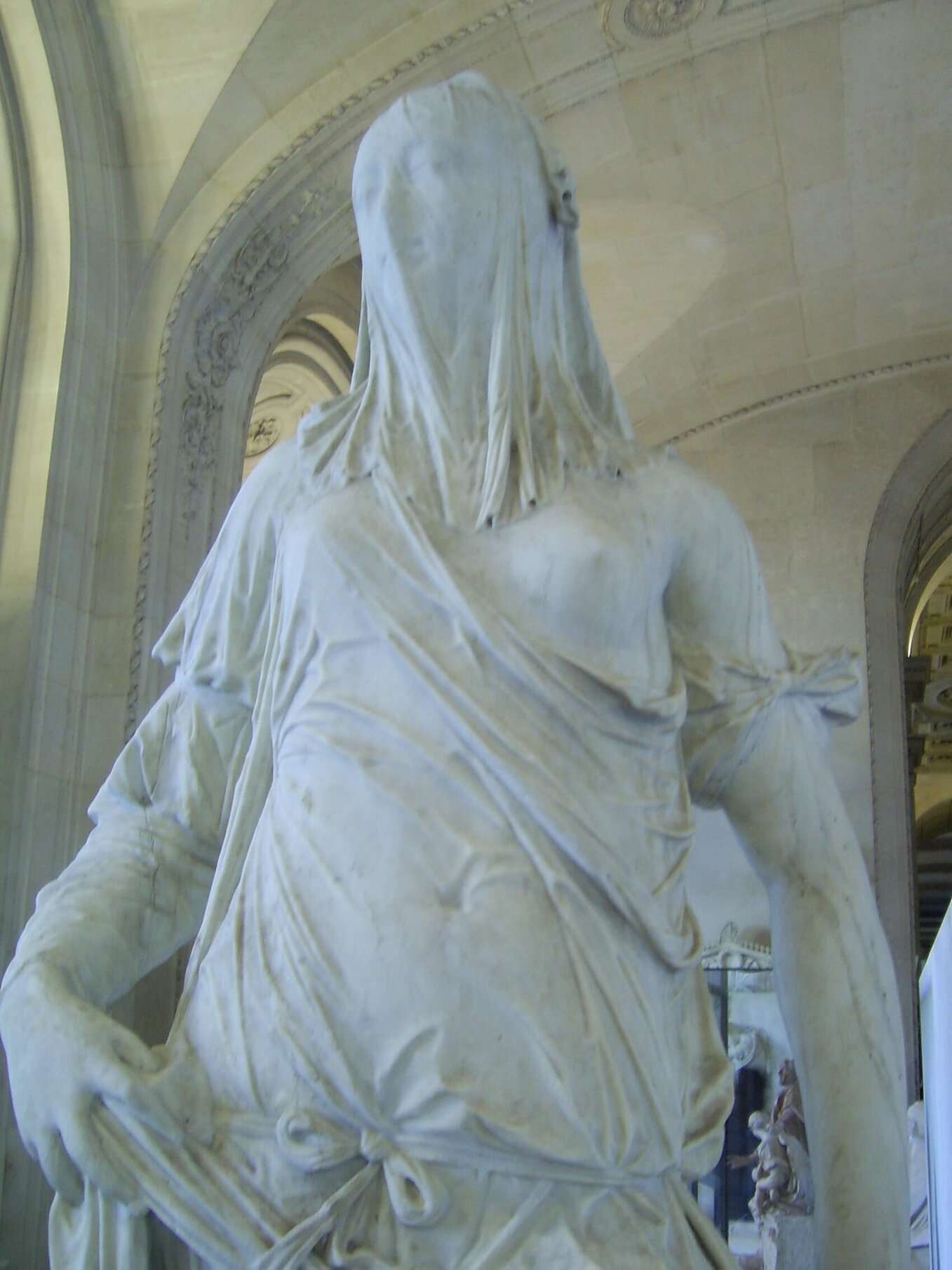
The Veiled Woman or Faith – Louvre
Opposite Chastity is Il Disinganno (Disenchantment or Disillusion) by Genoese Francesco Queirolo 1753-54.
This is a work that enchants me every time after so many years because of its extraordinary force and unequalled finesse of execution.
 ph. official website www.museosansevero.it
ph. official website www.museosansevero.it
It reveals a man intent on disentangling himself from a net. The loss of his wife led Raimondo’s father Antonio, Duke of Torremaggiore to entrust him to his grandfather. He spent his life wandering and ended his life as a Benedictine monk. Here he is caught freeing himself from the net of his sins.
 ph. official website www.museosansevero.it
ph. official website www.museosansevero.it
With renewed spirit, he returns to the world indicated to him by the genius with the flame of intellect on his forehead.
He comes out of the shadows, as the passage engraved on the open book-the Bible-attests. His mind is enlightened, as underlined by Christ who gives back vision to the blind man. The blind man refers to Masonry and the initiation of a new member in the lodge, which has to wear a blindfold.
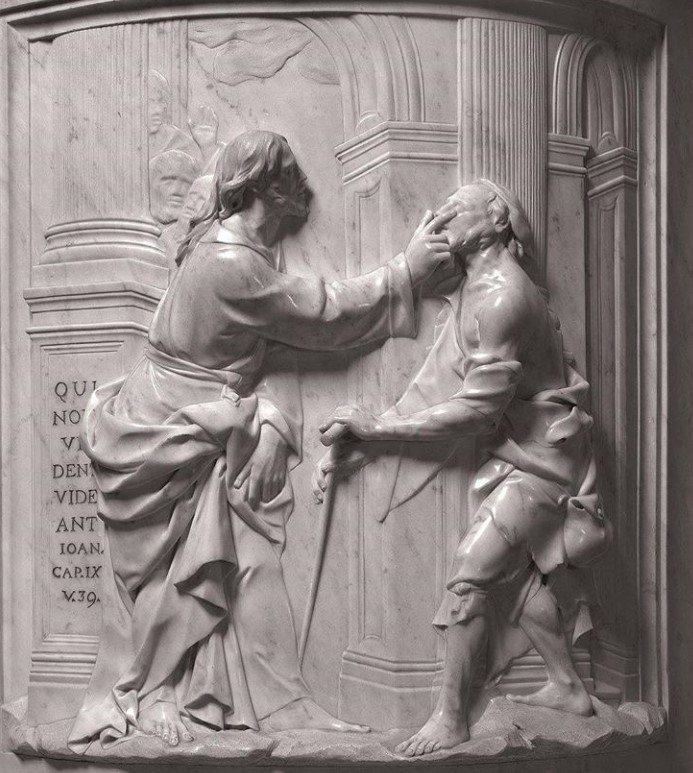
ph. official website www.museosansevero.it
The net is a unique piece of sculpture which confirmed the mastery of Queirolo.
Unfortunately the relationship between the artist and the patron broke up and they ended up at the Tribunal of Naples. Queirolo hadn’t meet the deadlines and the Prince didn’t want to pay him for his services. In the documents guarded at the Naples State Archive and published in the book Chartulae desangriane, Queirolo’s excuse doesn’t include any reference to the complexity of the work. However, it is possible that the delay was due to the fact that he had to do all the work by himself as no assistant was willing to smooth the net with pumice for fear of damaging it or altering its perfection.
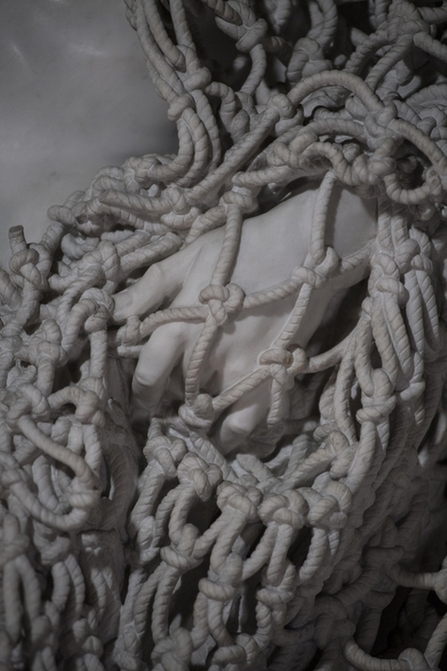 ph. official website www.museosansevero.it
ph. official website www.museosansevero.it
Human fragility, which cannot know great virtues without vices is Raimondo’s dedication to his father found on the monument. I am so in love with it that I have it at the bottom of my email.
Alice: I remeber last time we went to the Cappella Sansevero together and than we dined at one of our favourite trattorias. We have had so many good memories eating at some of the local spots for delicious Neapolitan home cooking.
Fiorella: I want some fabulous polpette al sugo from Da Carmine or La Campagnola right now!
Alice: Me too! With a nice glass of red wine and crusty bread…
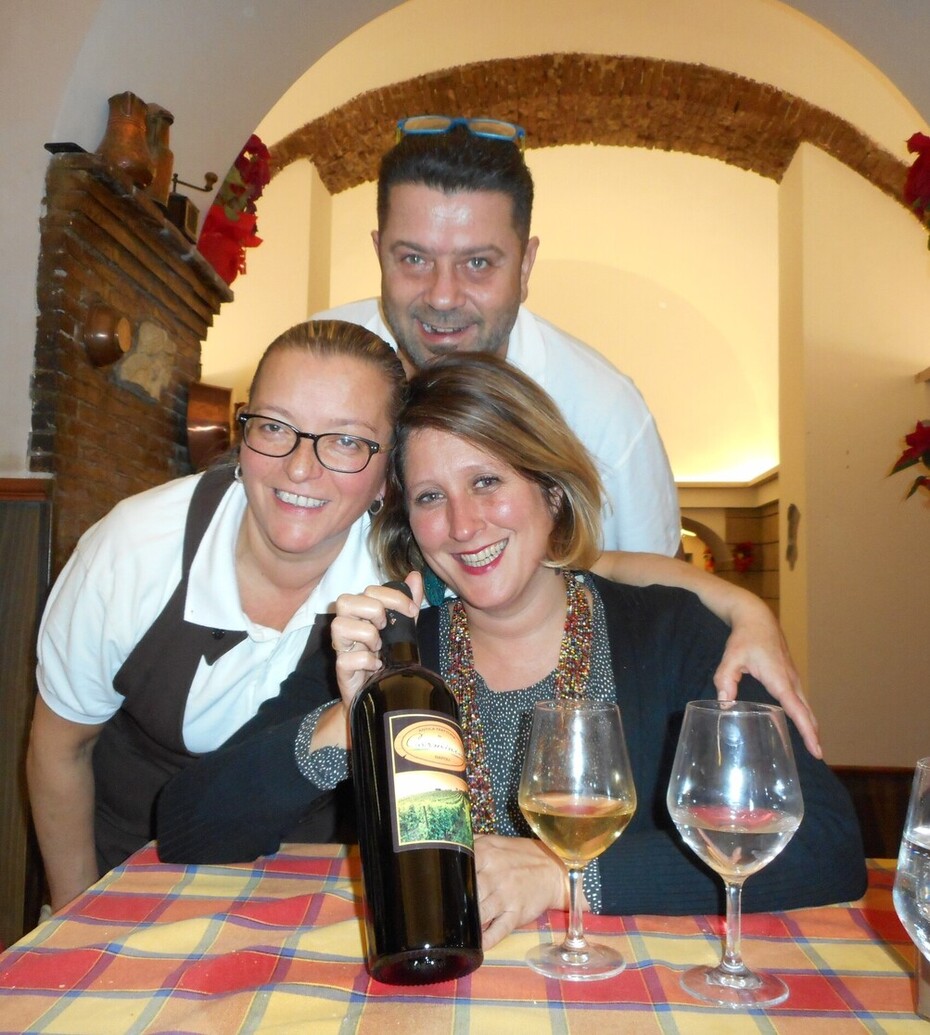
Adele and Eduardo at our beloved Trattoria Da Carmine
But for now we can make meatballs from home and wait for the day when we meet up again!
I cooked them yesterday and I served them in a crust of pamesan cheese which one of my friends had tried in a restaurant. This is easy to make by putting grated parmesan in a non-stick pan for a short time. Gently shape it into a bowl where you can put the meatballs and their tomato sauce.
This is a simple recipe that Neapolitan families love and cook for their delicious Sunday lunches not in Summer when spaghetti with clams or seafood are a must!
Neapolitan Meatballs:
500 grams of ground beef
200 grams of day-old bread
1 egg
1 cup of milk
25 grams pine nuts
25 grams raisins
1 finely chopped garlic clove
1 spoonful of chopped parsley
80 grams of finely grated parmesan
Salt and Pepper
Tomato Sauce:
1 litre of prepared tomato sauce (“Passata”)
1 whole garlic clove, peeled
4 tablespoons of EVOO
A handful of fresh basil, washed and dried
Salt
Pinch of sugar
Submerge the bread in the milk and leave to dampen while you place the raisins in a bit of water so they can soften.
Put the meat in a large bowl with garlic, parsley and egg. Add the bread which has been well wrung out with the parmesan, salt and pepper. Mix well with hands.
Split up the mixture in 8 large. Place a small amount of pine nuts and raisins in the centre then shape the meatballs with your hands to a perfect sphere.
There are a few ways of making the meatballs and sauce. You can choose to fry them and cook the tomato sauce separately. If you choose to do it this way, heat the oil to medium (a good trick to see if the oil is ready is to put a wooden spoon into the pan and see if the oil forms little bubbles around the spoon). Place the meatballs in the oil and cook them evenly on all sides for about 30 minutes. Drain on a paper towel. At the same time as you are preparing the sauce, cook the sauce in a separate pot. Sautee the garlic clove to golden in the EVOO on medium heat and then add the tomatoes. After about 10 minutes, lower the heat and add the salt, sugar and basil. Simmer for another 20 minutes and then add the meatballs which have been drained.
The other method of preparation is to prepare the sauce as instructed above and after it is nice and bubbly (about 10 minutes), add the meatballs and lower the heat. They will need to cook about 30 minutes.
Serve the meatballs with a nice loaf of bread. You can use some of the delicious sauce for a first course of spaghetti, rigatoni or ziti, if you can find them.
… to Rena, Mike, Gioia, Luciano and all our friends
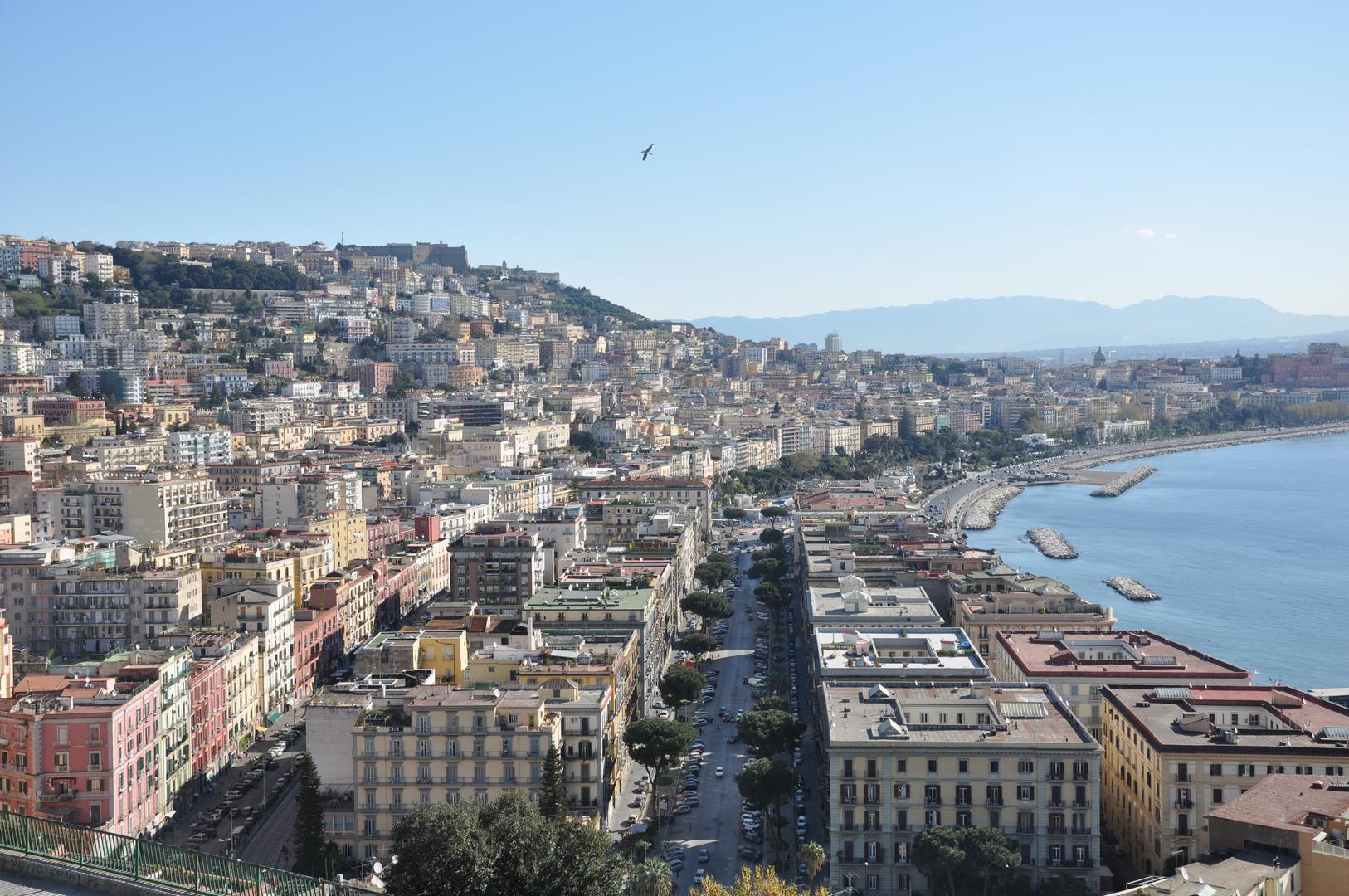
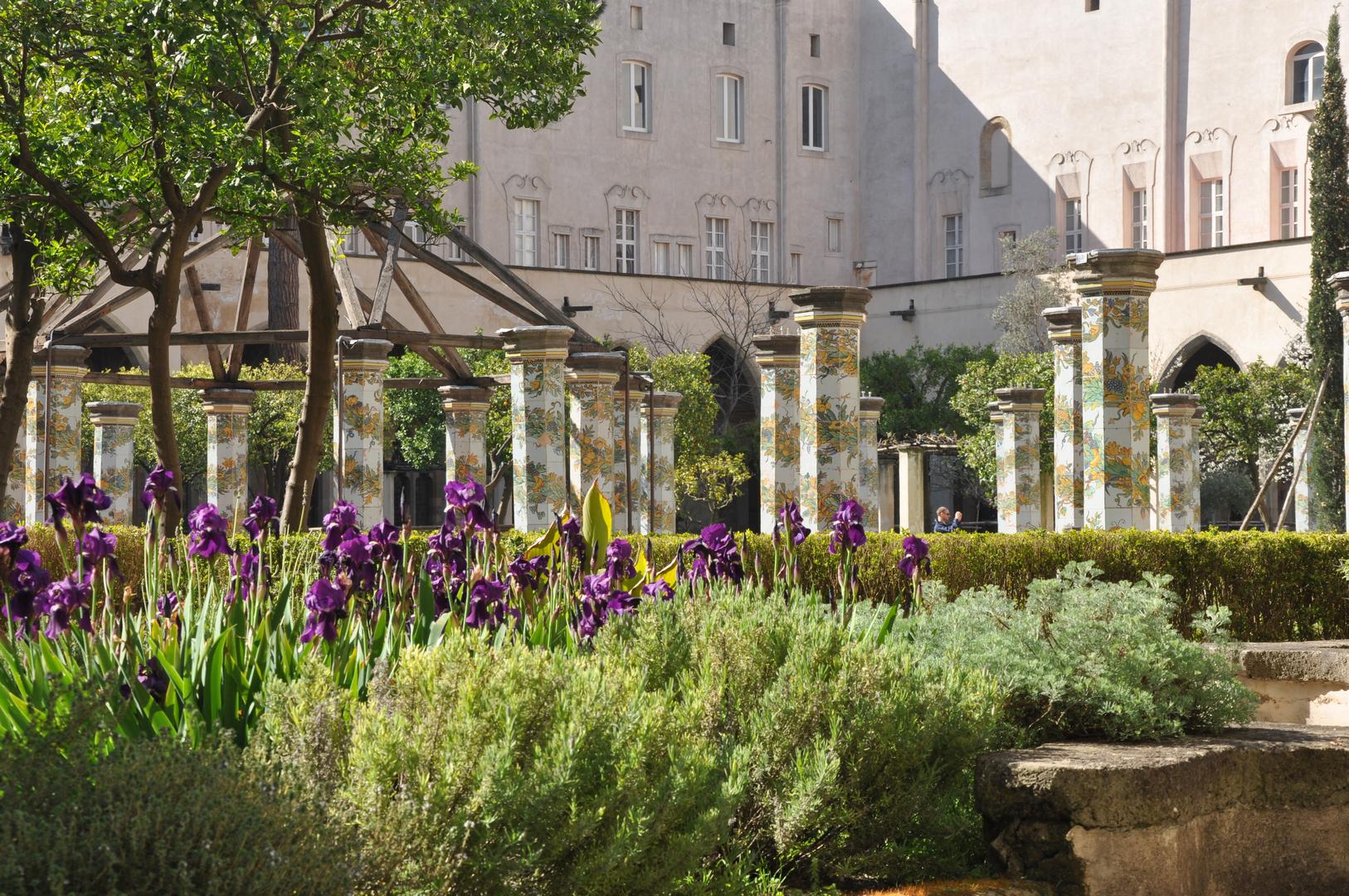

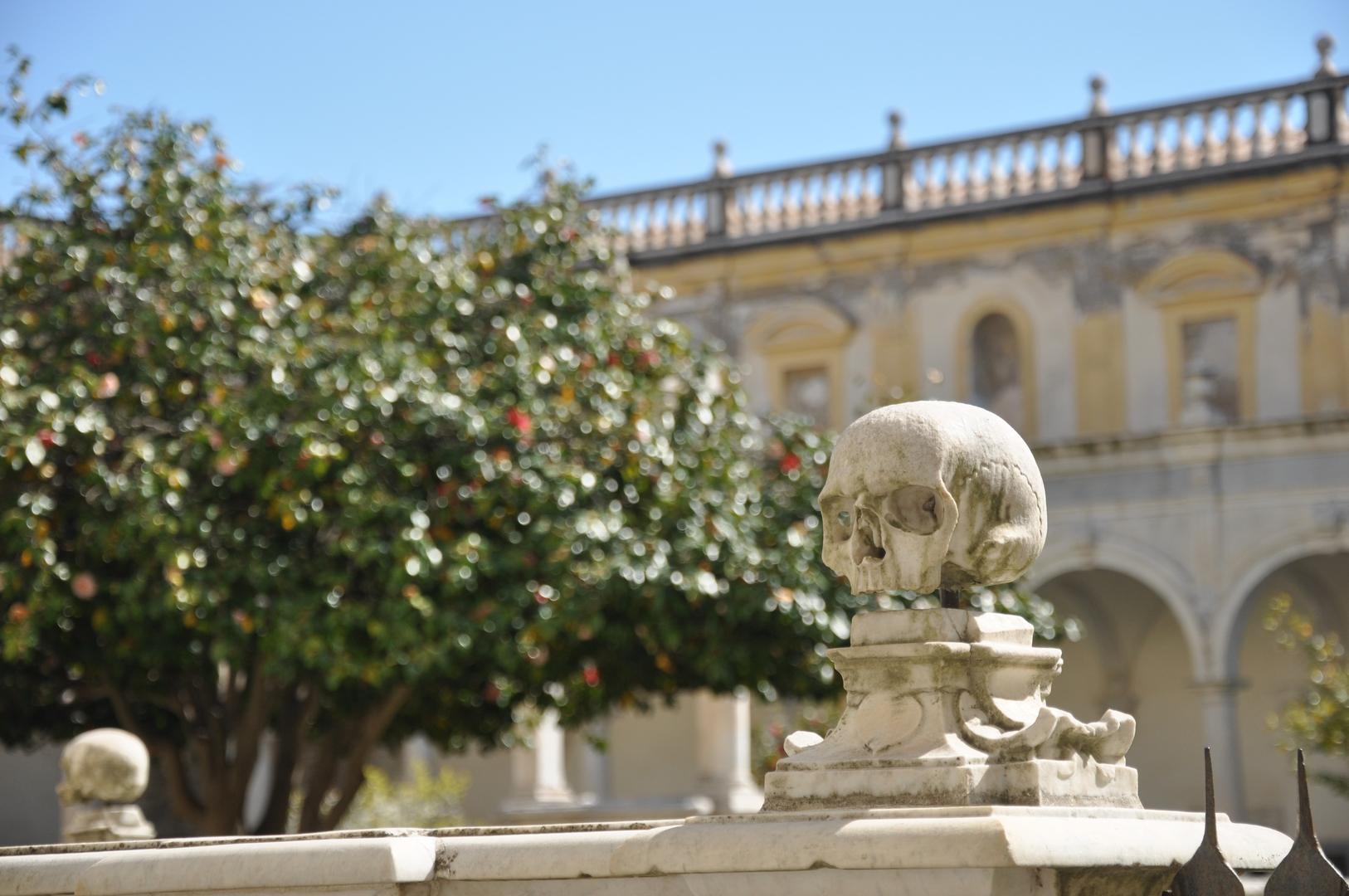
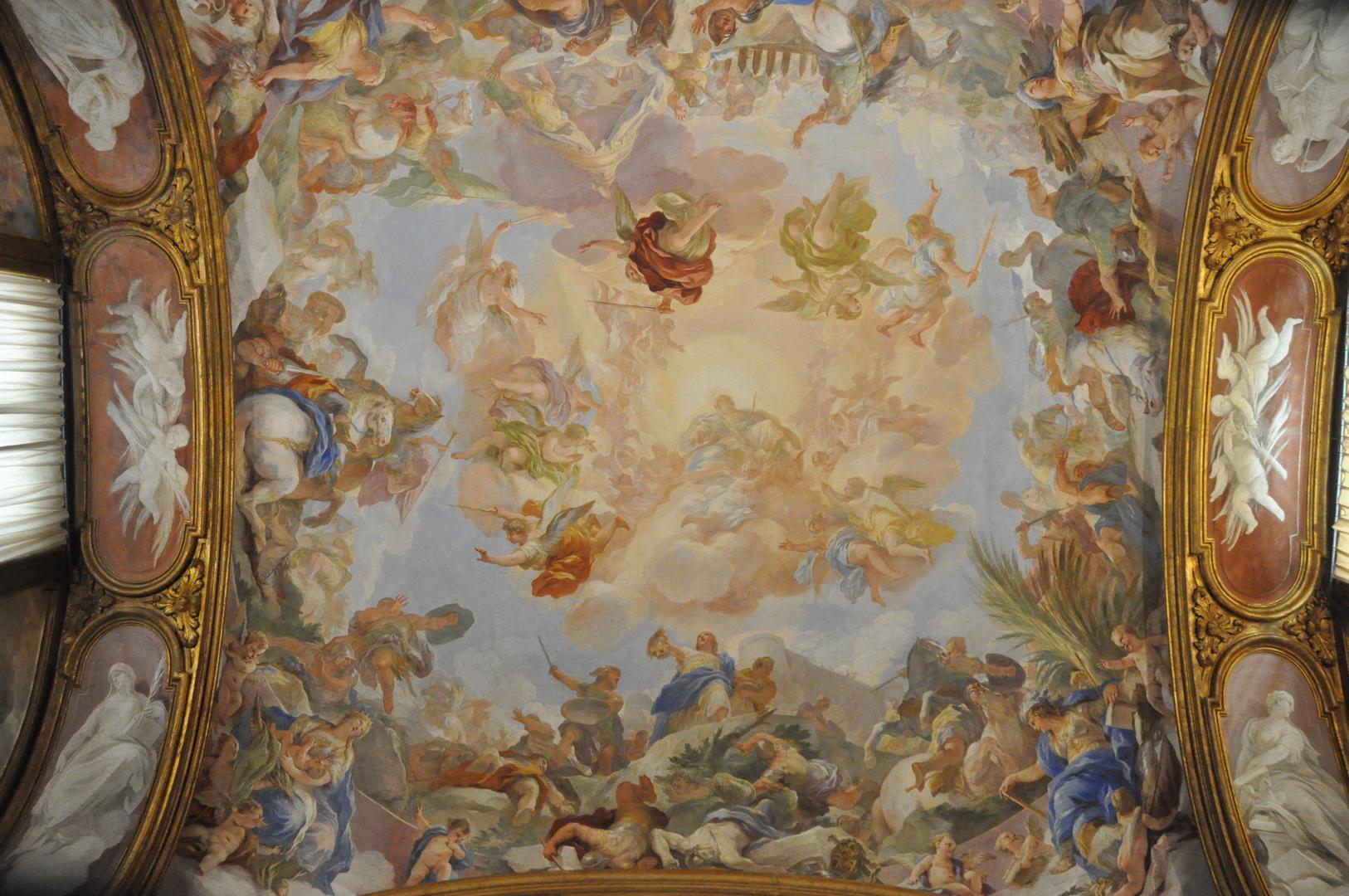


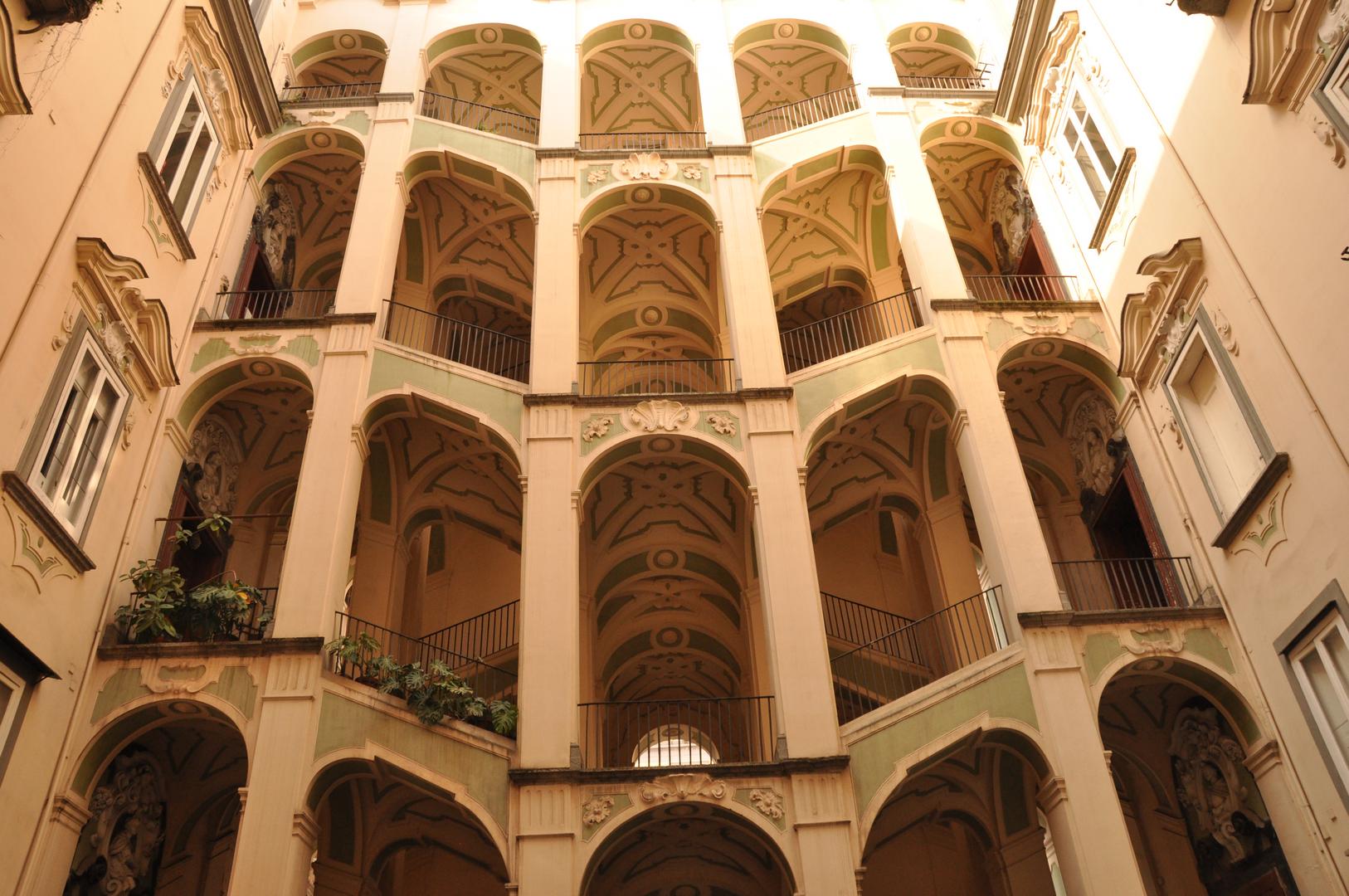



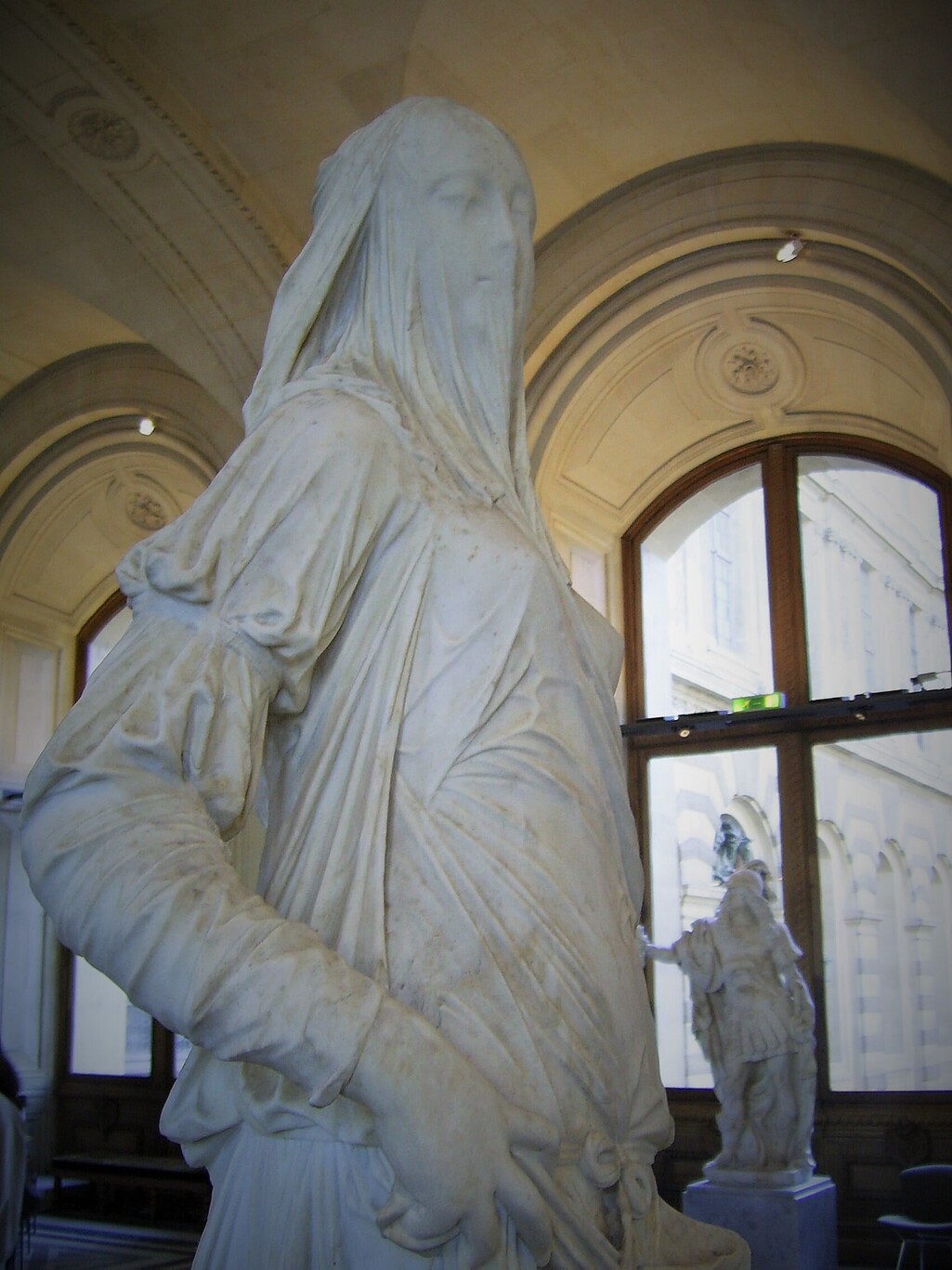
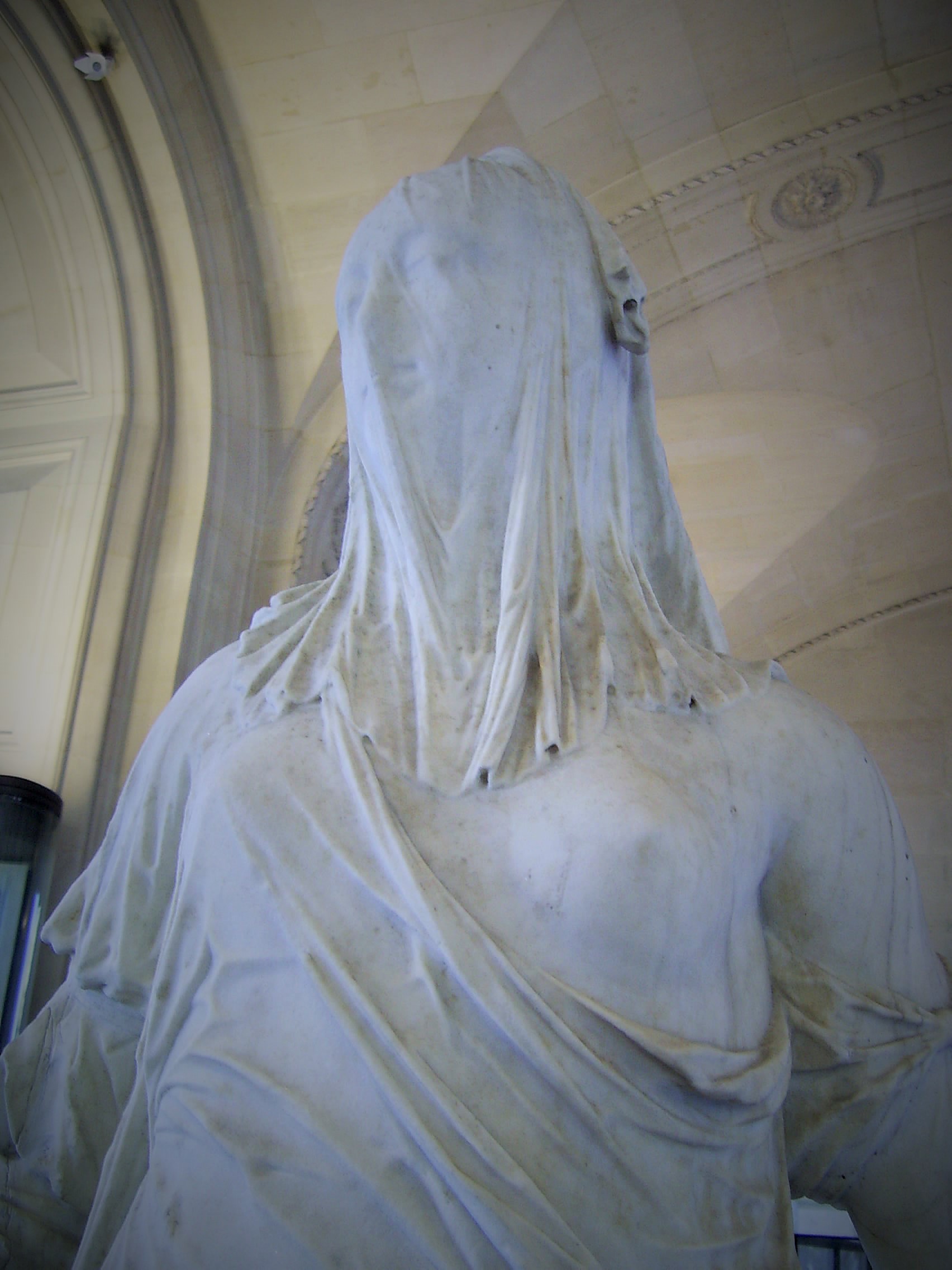
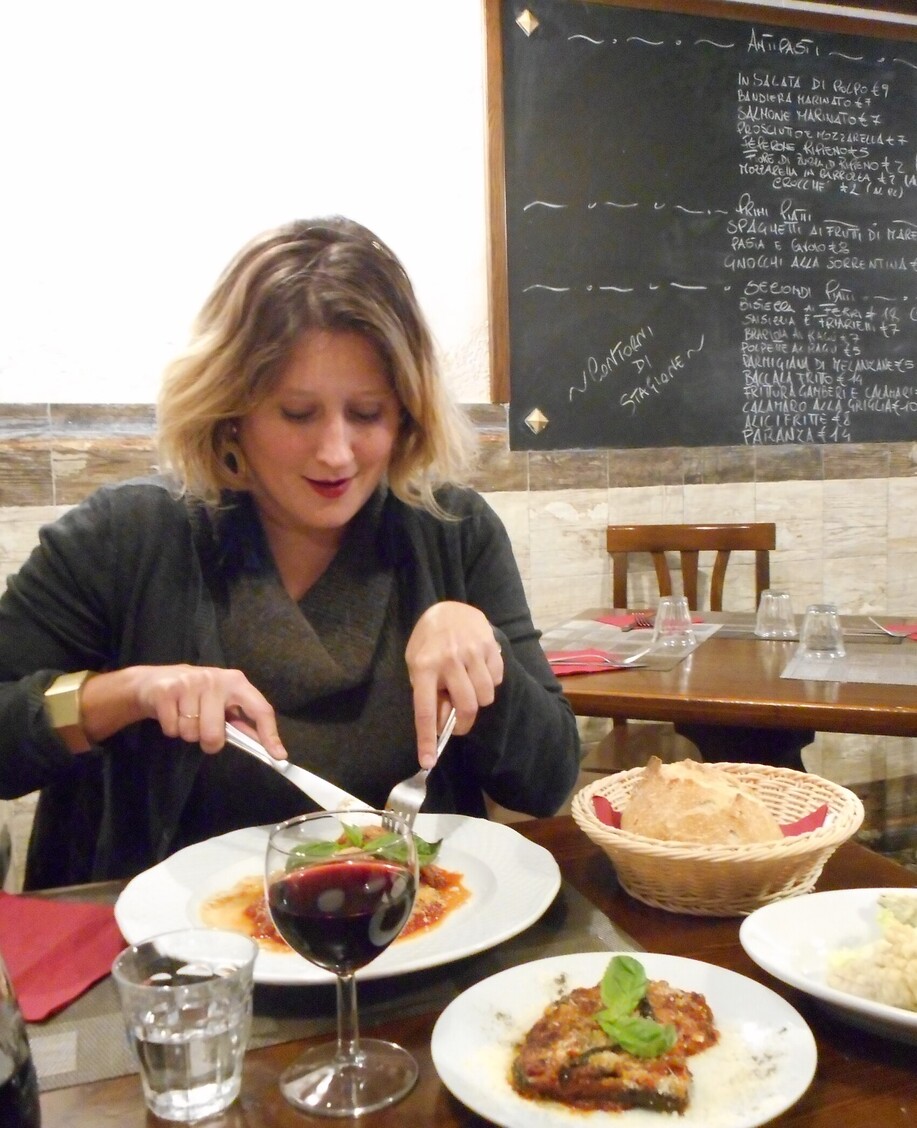
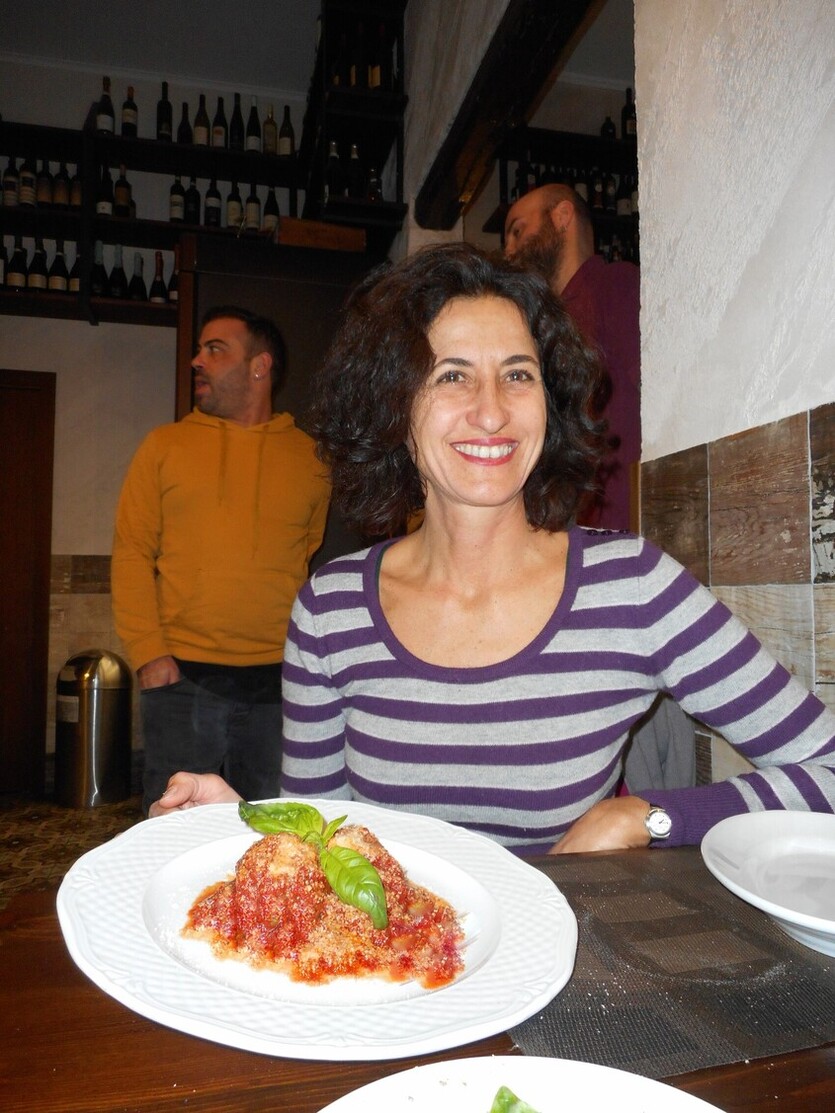
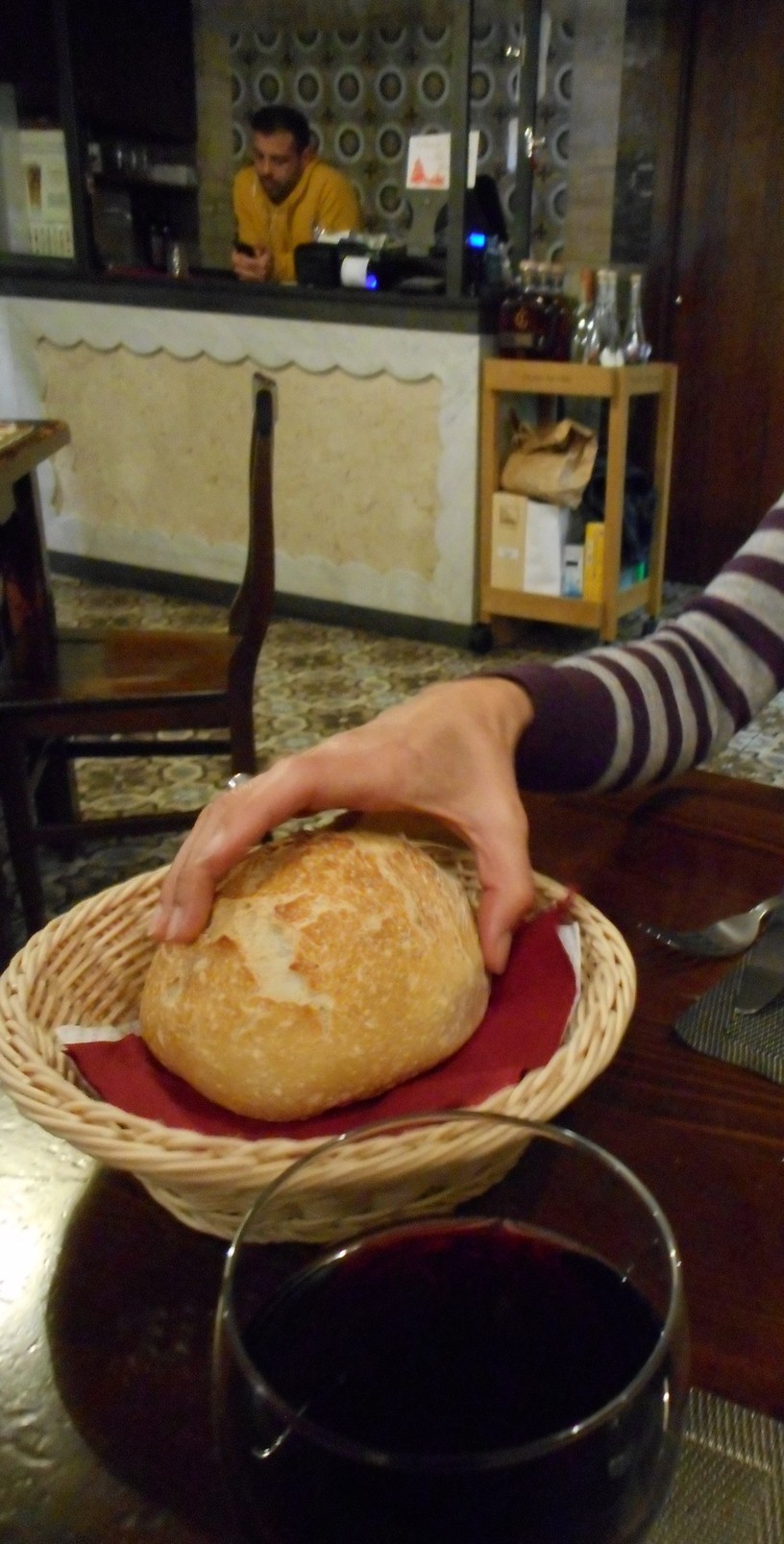
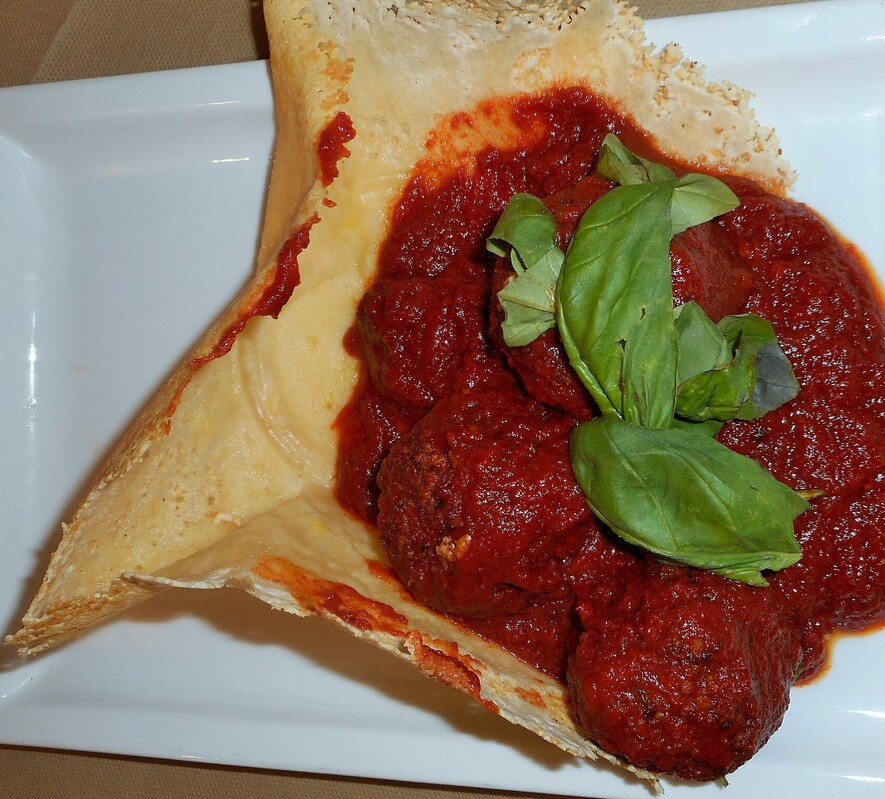
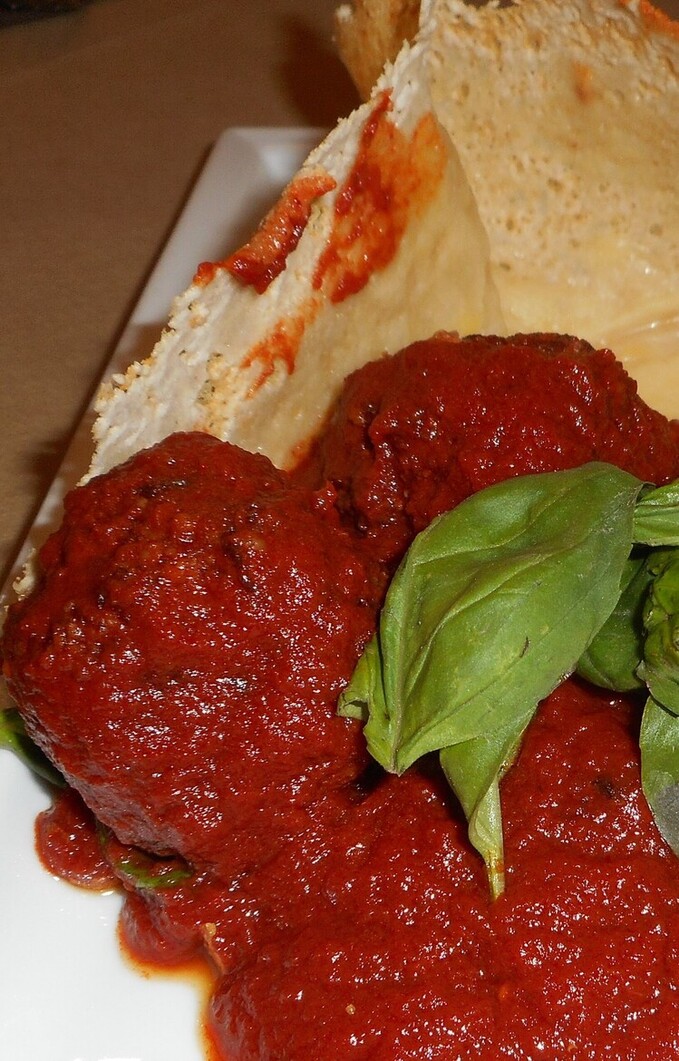

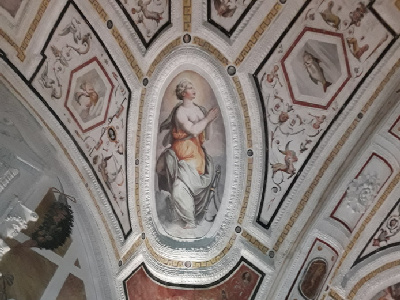
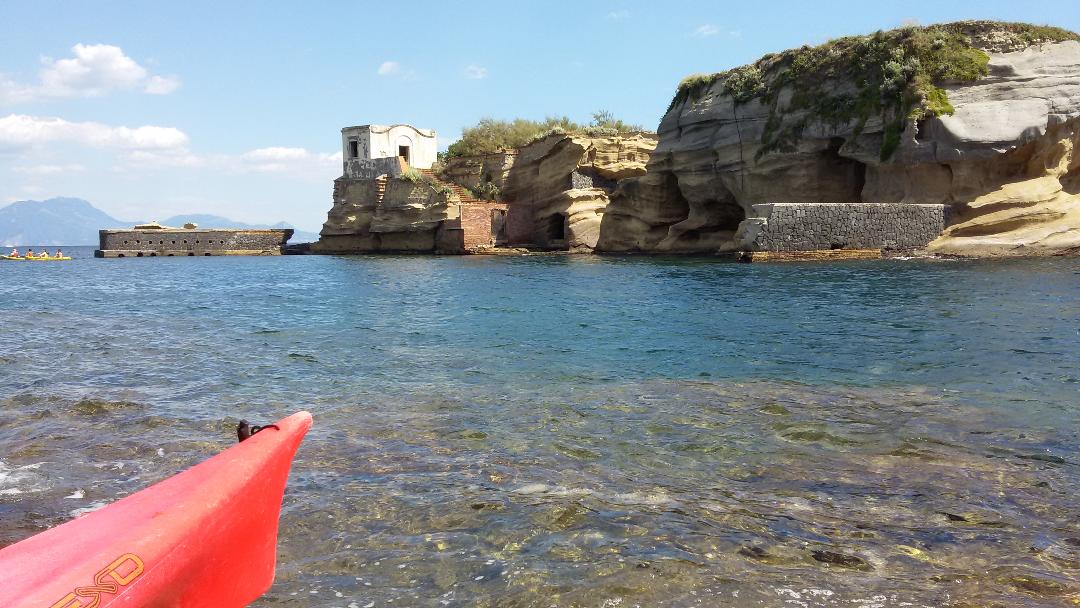







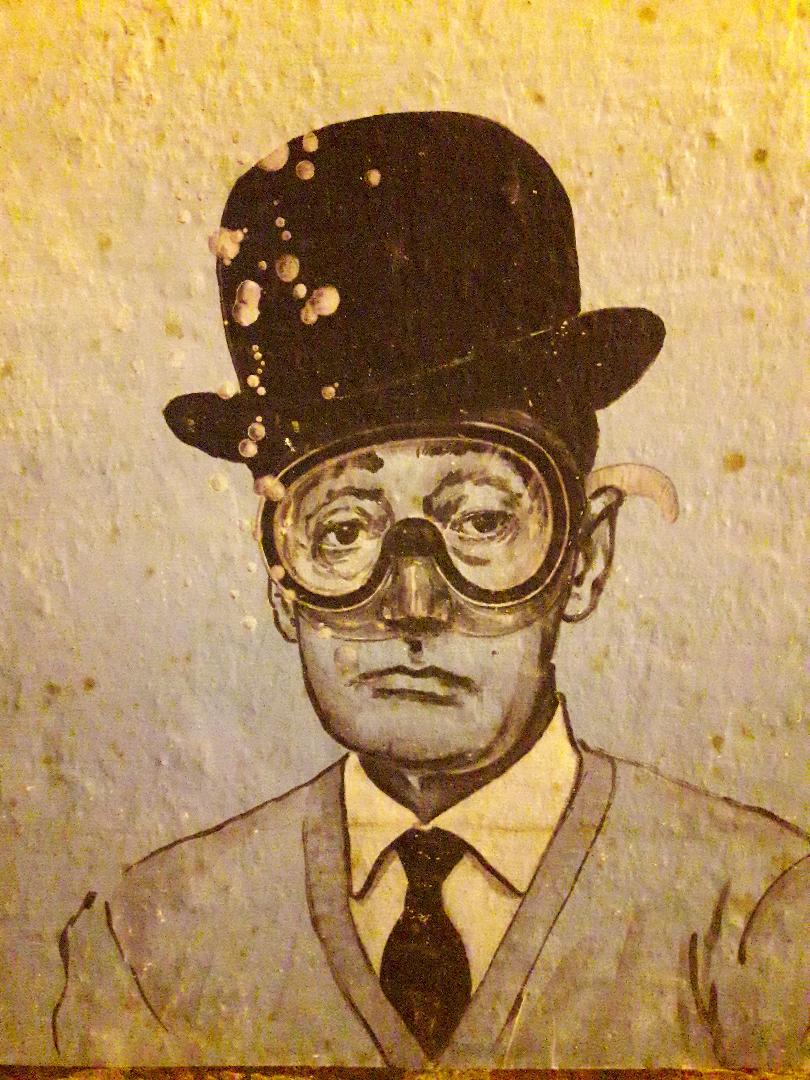

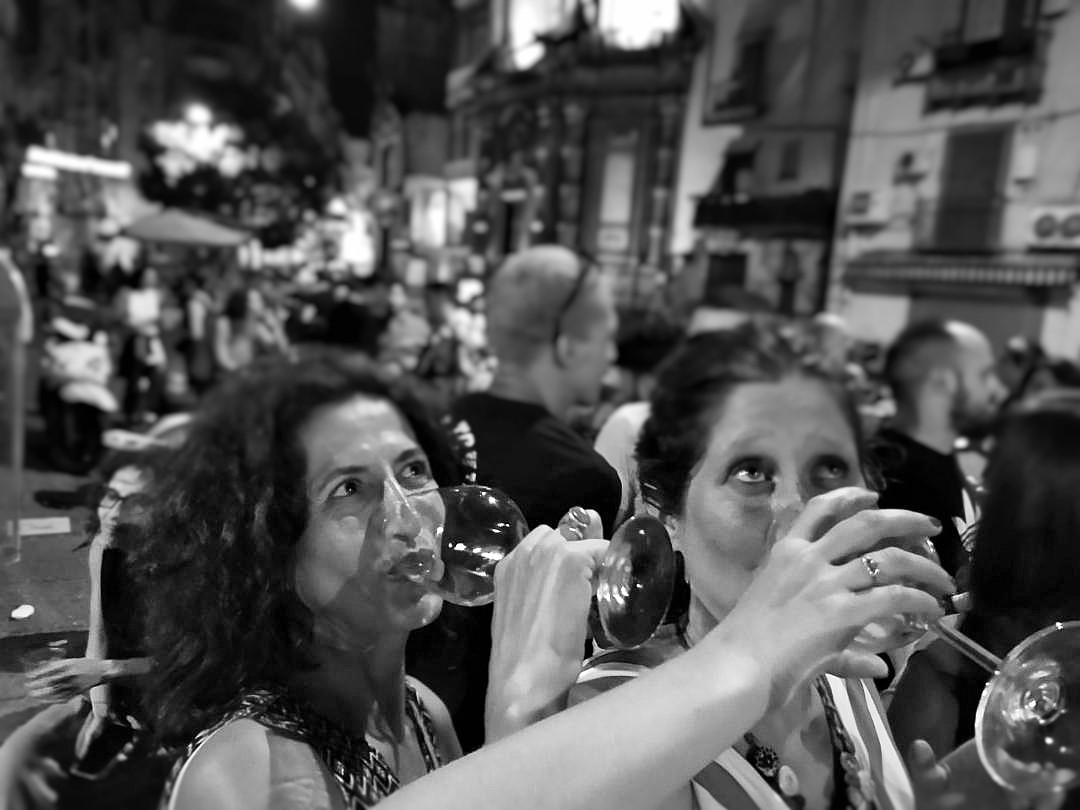
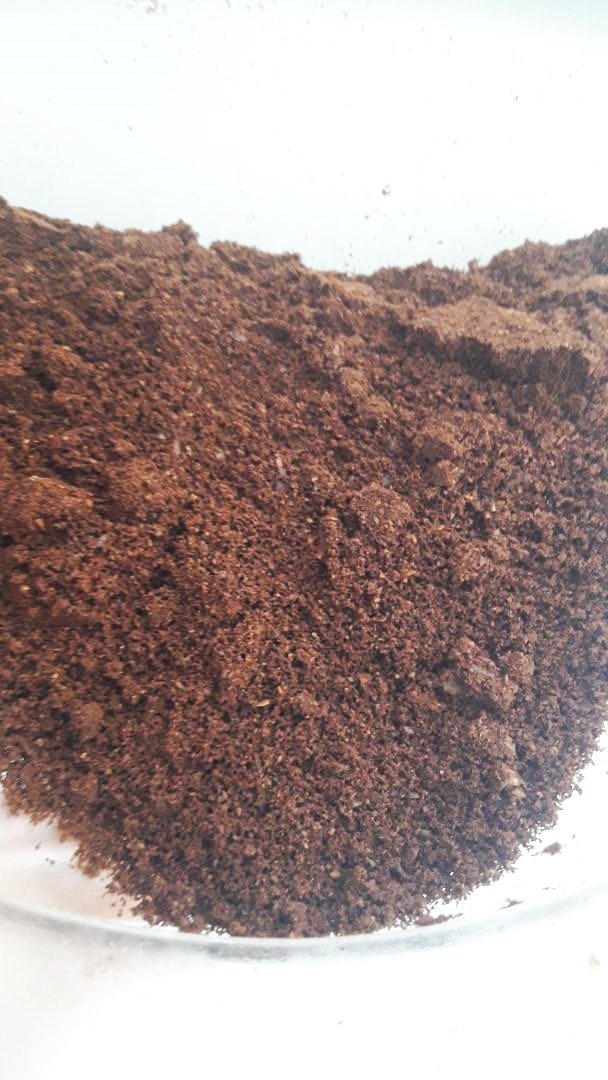
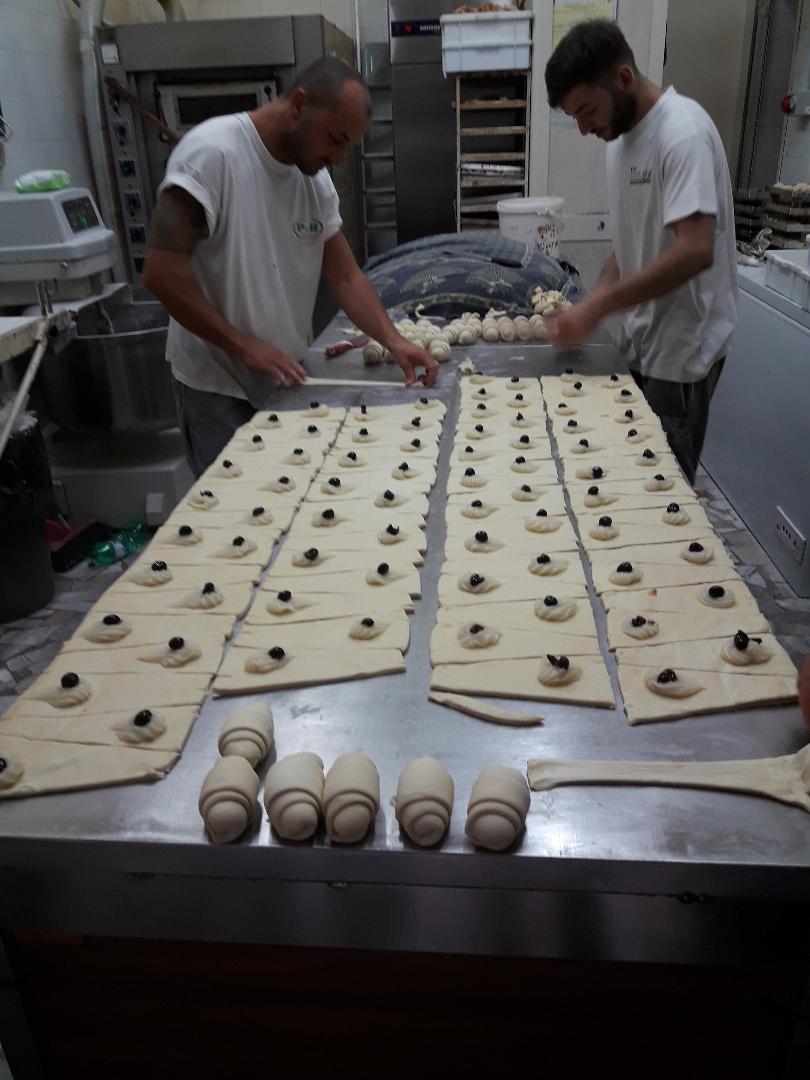
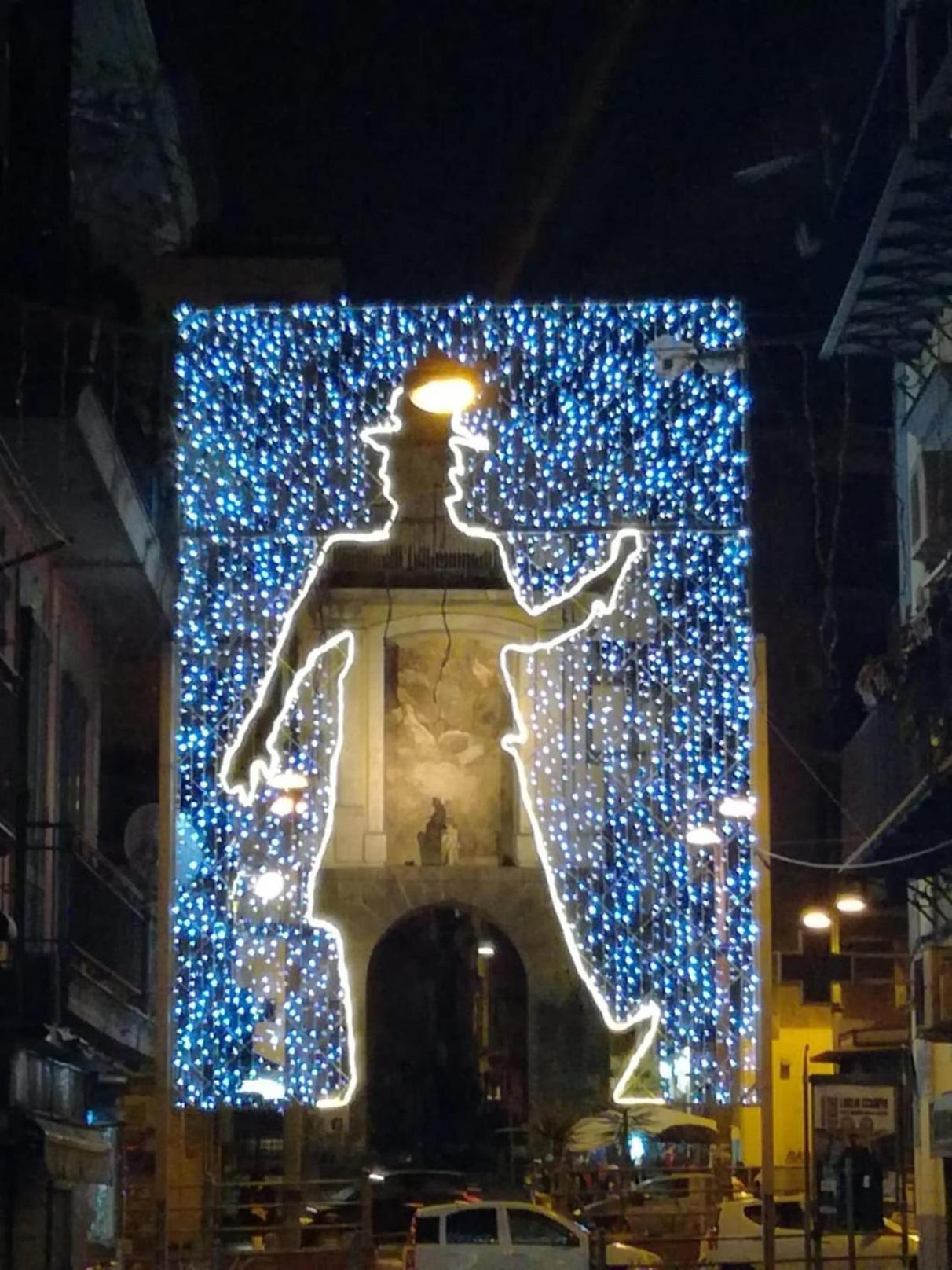
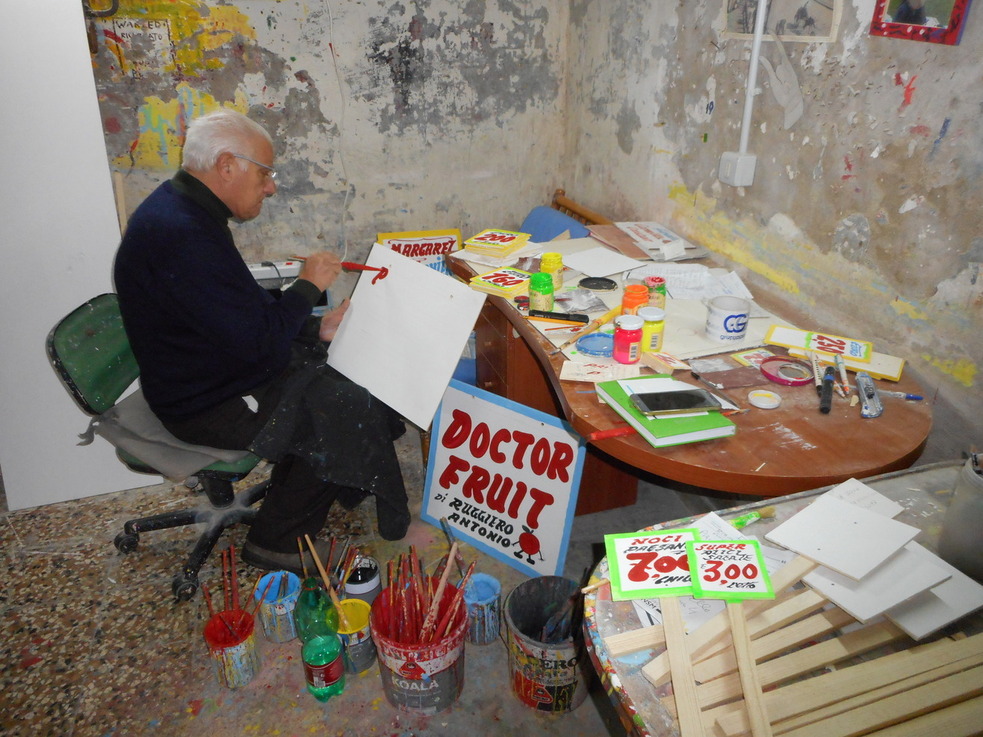
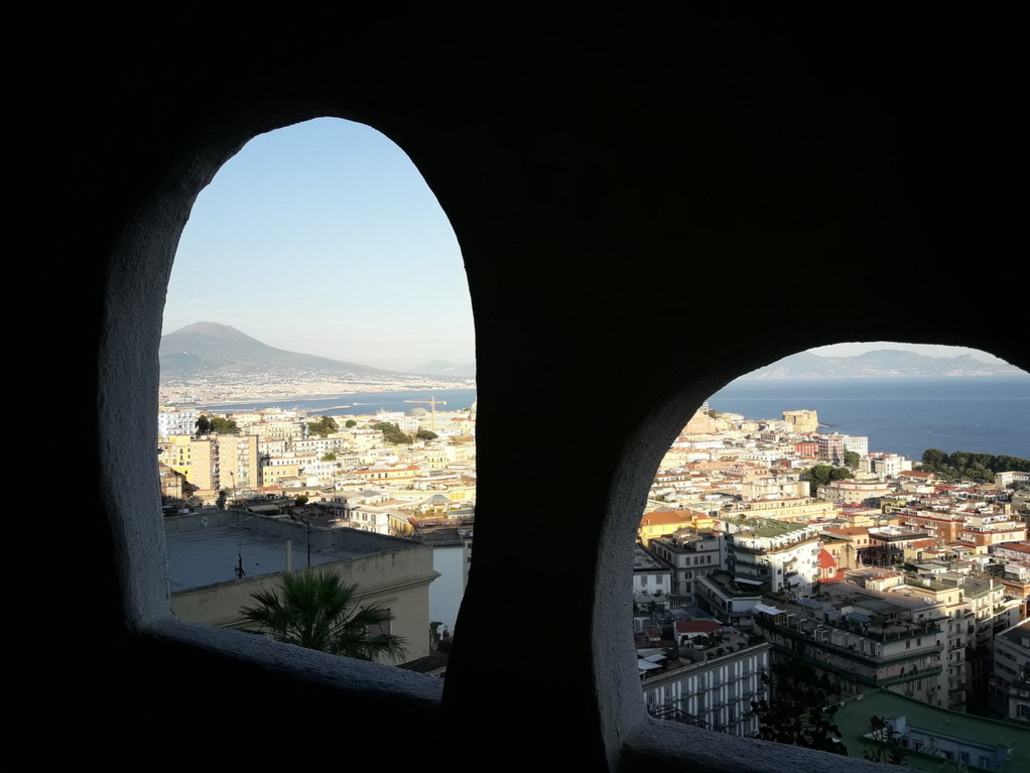
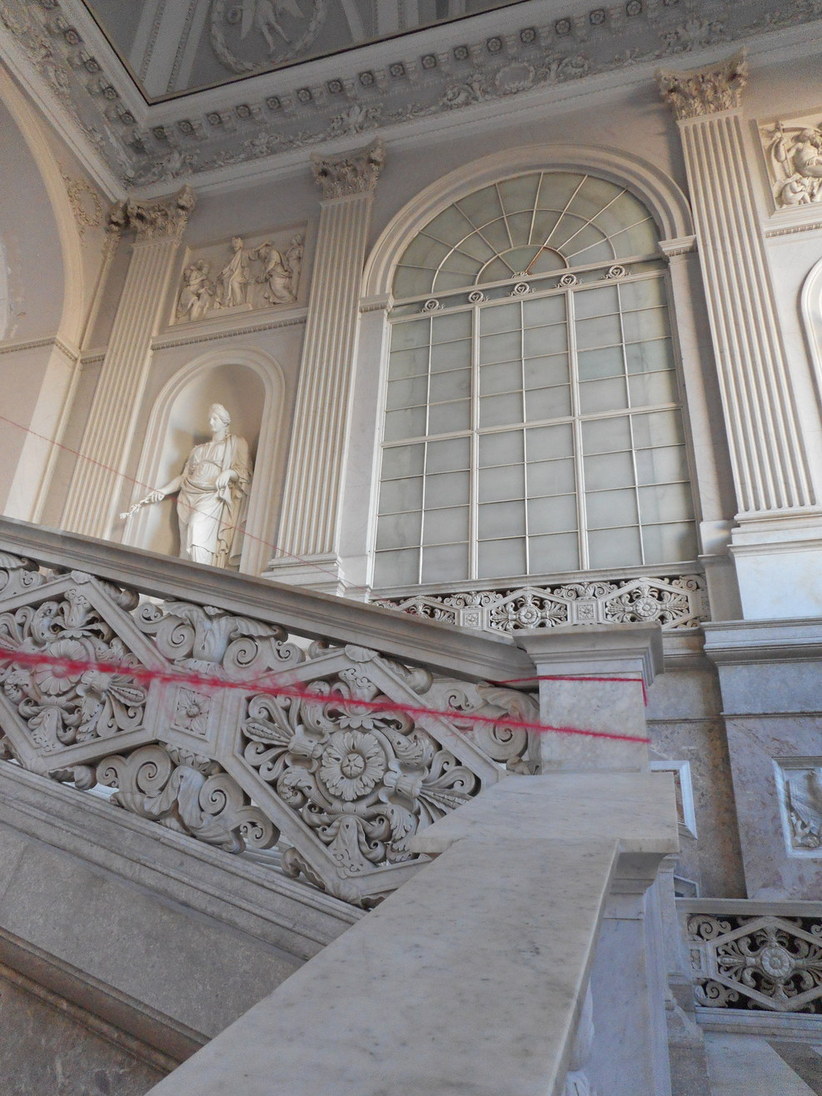


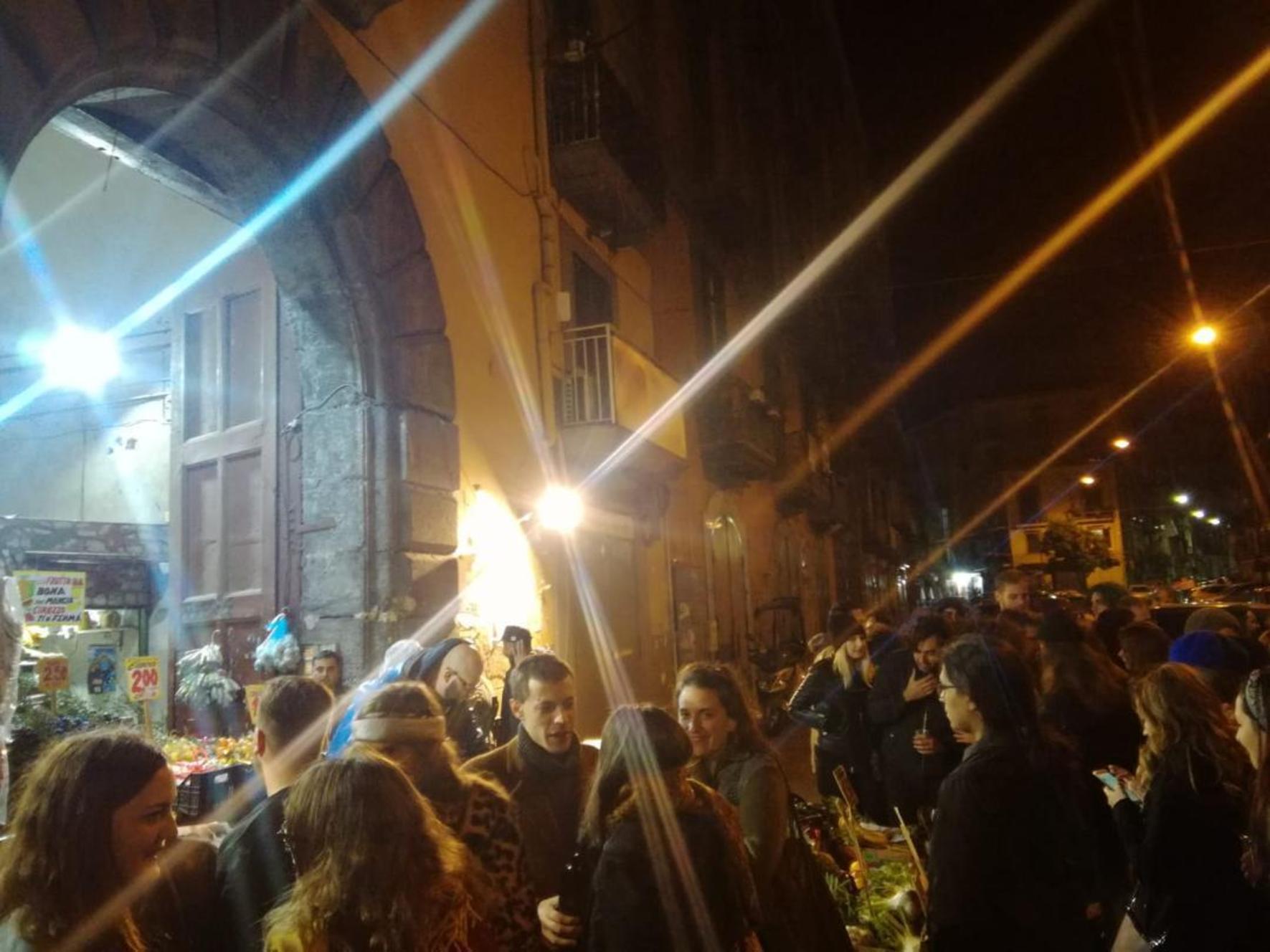


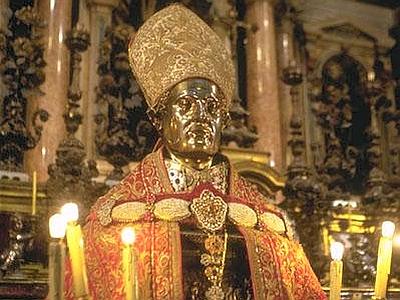
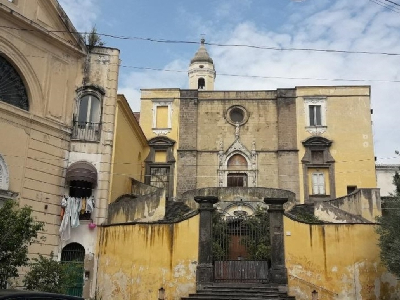
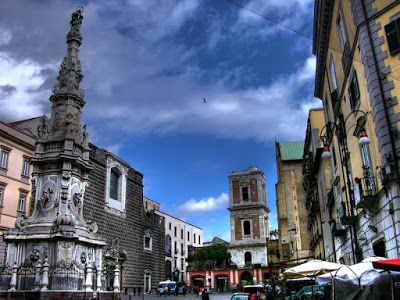
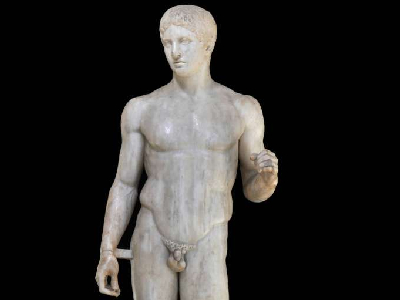

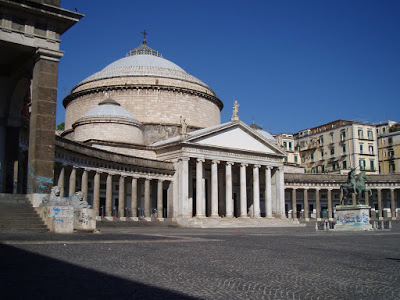
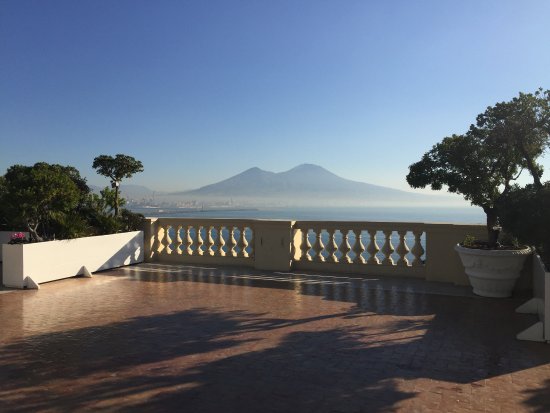
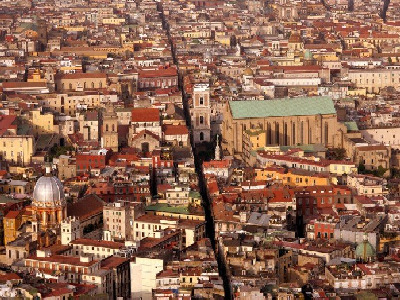


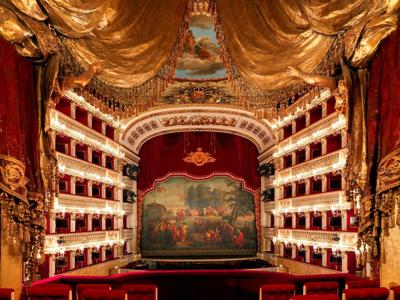
There is so much to see in Naples as you might expect from a city that was the Capital of a Kingdom and one of the largest cities in Europe. I loved reading the description of the sculptures and your tips about food. I was absolutely smitten with Napoli!
You are right Stephanie. Sometimes people forget the millenary history and beauty of Naples! Thanks so much for your message and for reading our blog!
Fiorella
I just read your heartwarming FFF post. Please give my best to your friend Alice as well. Hopefully I will also get to meet her on my next trip to Bella Napoli.
I felt especially nostalgic about Cappella Sansevero, which I had visited with you in November. I am so grateful to have been able to grasp Raimondo di Sangro’s ingenuity behind the exquisite art. Thanks to you, I returned a much richer and smarter person after my trip to Napoli.
Seeing the Pudicizia also allowed me to appreciate Corradini’s Vestal Virgin at the Palazzo Barberini later that weekend, which by the way remains one of my favorite museums in Rome and all of Italy. It is one of the country’s best kept secrets with such a lavish collection and of course Pietro da Cortona’s fresco – not to mention the stunning staircases by both Bernini and Borromini.
I will try to make the meatballs one of these days and let you know how they come out:)
Thank you Eleanore! And thanks for your brilliant description of Cappella Sansevero and Palazzo Barberini. We hope to see you soon in Bella Napoli 🙂 We appreciate you reading our blog and your lovely comment!
Delicious – art and polpette!!!
Naples is waiting for you 🙂
I wish I could be there!
I can’t wait to visit Naples again.